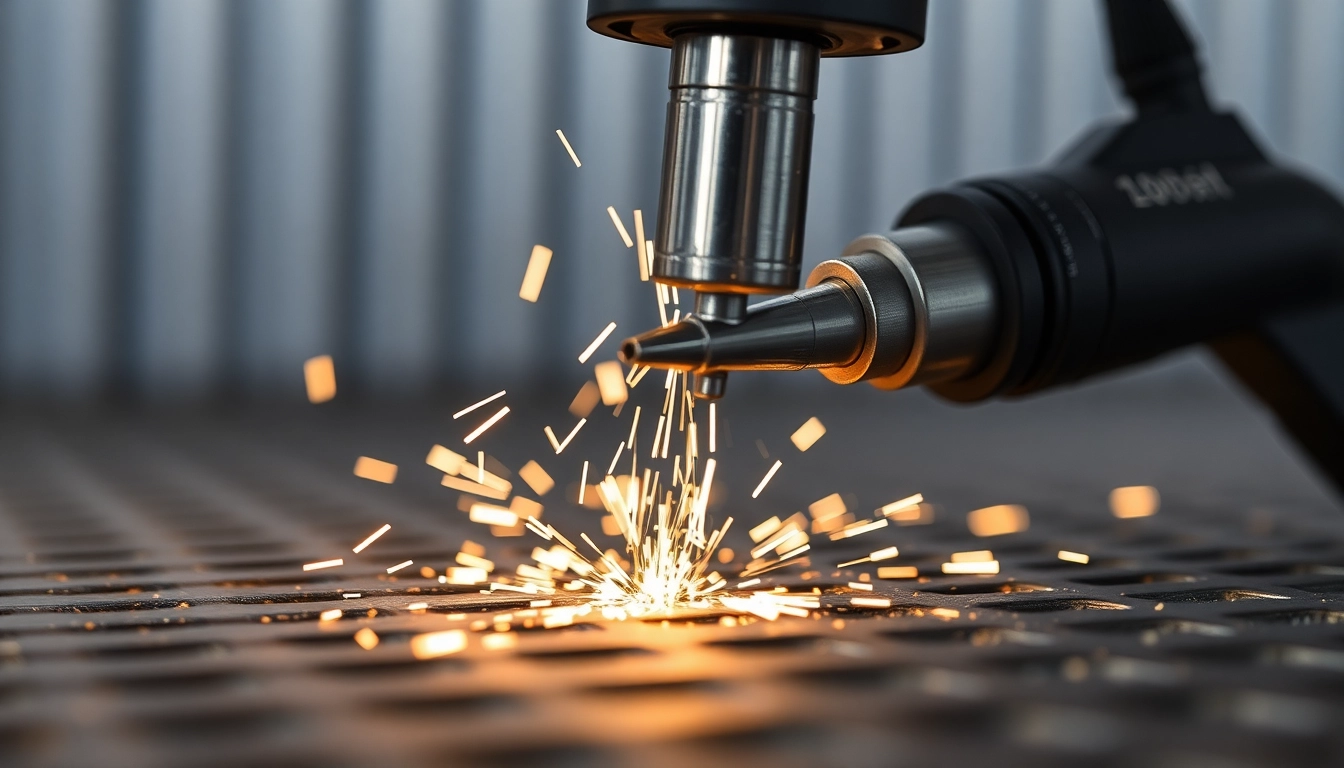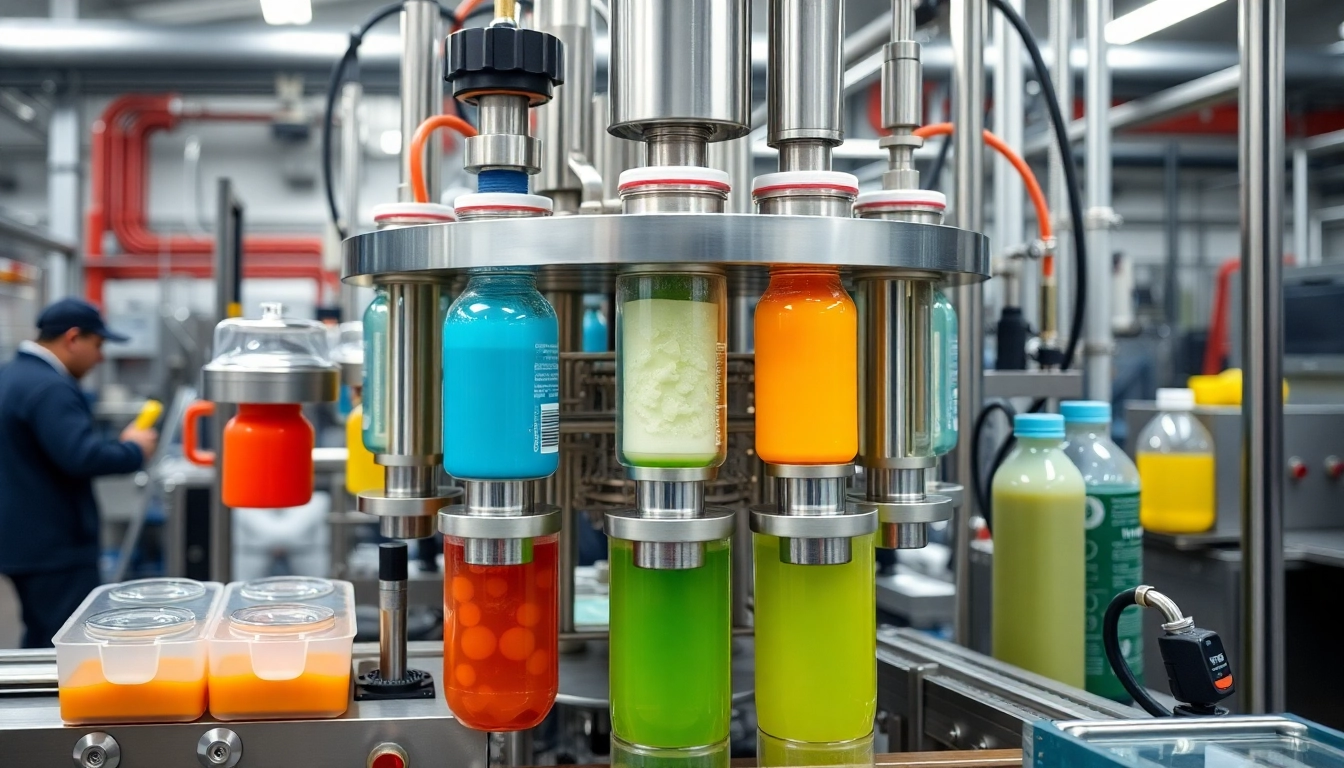Understanding Vacuum Conveyors
What is a Vacuum Conveyor?
A vacuum conveyor is a specialized type of pneumatic conveyor system that utilizes suction to transport materials through a closed pipeline or on a belt surface. These conveyors excel in moving bulk materials, particularly fine powders, granules, and other dry materials in various industrial settings. Unlike traditional belt systems, vacuum conveyors employ a blower mechanism to create a negative pressure that effectively holds the materials in place, preventing them from spilling or shifting during transit.
For example, a vacuum conveyor belt can prevent fragile items, such as delicate paper sheets or light plastic components, from bending or breaking, thereby enhancing overall operational efficiency and material safety.
How Vacuum Conveyors Work
Vacuum conveyors function through the principle of negative air pressure. The system comprises several essential components, including a vacuum pump, conveyance tubing, and the conveyor itself, which can be either a tube or a flat belt. Here’s a simplified breakdown of their operation:
- Material Introduction: Material is loaded into the vacuum conveyor system, often through a hopper or a feed chute.
- Creating Suction: A vacuum pump initiates suction, removing air from the conveyance path and generating a low-pressure area.
- Material Transport: The pressure differential created by the vacuum forces the material to move along the conveyor. The materials are carried through the system, either suspended in air or on a surface.
- Material Discharge: At the destination, the vacuum is released, and the material is discharged through a separate outlet.
This process facilitates effective handling of materials, especially in environments where cleanliness is a priority, such as pharmaceuticals or food processing industries.
Benefits of Using Vacuum Conveyors
Vacuum conveyors offer several advantages over traditional material handling systems:
- Efficiency: These systems minimize material spillage and ensure precise handling, leading to less waste.
- Safety: Vacuum conveying reduces handling risks, especially for hazardous or fragile materials, by keeping them contained during transport.
- Space-saving: The compact design of vacuum conveyors allows for effective use of space within production areas.
- Versatility: They can handle a wide range of materials, including powders, granules, and even small parts, making them applicable across diverse industries.
- Ease of Maintenance: Vacuum conveyor systems are generally easier to clean compared to traditional conveyors, which is crucial in maintaining hygiene standards.
Types of Vacuum Conveyors
Different Designs and Configurations
Vacuum conveyors come in various designs tailored to specific applications:
1. Vacuum Belt Conveyors
These utilize a belt surface maintained under vacuum for transporting materials, ideal for fragile items requiring gentle handling.
2. Pneumatic Vacuum Conveyors
These are ideal for bulk materials, such as powders, granules, and certain liquids. They use a pipeline system to move materials suspended in air.
3. Continuous Vacuum Conveyors
Designed to operate continuously, these systems allow for a constant flow of material, enhancing productivity.
Applications in Various Industries
Vacuum conveyors find applications across numerous sectors:
1. Food and Beverage Industry
They are often used for transferring bulk ingredients such as flour, sugar, and spices without contamination.
2. Pharmaceutical Industry
In pharmaceuticals, vacuum conveyors transport powders and granules, ensuring compliance with stringent hygiene regulations.
3. Plastics and Polymer Manufacturing
They facilitate the movement of resin and pellets, minimizing exposure to air and moisture that could compromise product quality.
Comparison with Other Conveyor Systems
When evaluating vacuum conveyors against other systems such as belt or screw conveyors, the following distinctions are noticeable:
| Feature | Vacuum Conveyor | Belt Conveyor | Screw Conveyor |
|---|---|---|---|
| Material Types | Bulk dry materials, powders | Solid items, packaged goods | Granular or bulk materials |
| Space Requirement | Compact | Variable, depending on design | Generally larger than vacuum conveyor |
| Operational Cleanliness | High | Moderate | Moderate |
| Product Safety | High, no abrasion | Dependent on material | Variable, potential for abrasiveness |
Implementing Vacuum Conveyor Systems
Key Considerations Before Purchase
Before investing in a vacuum conveyor system, key considerations include:
- Material Handling Requirements: Understand the type of materials you will be conveying—size, weight, and properties
- System Layout: The design of your facility will influence the type of vacuum conveyor to choose; consider the flow of the production line.
- Cleanliness Standards: Identify any industry-specific regulations that the conveyor system must comply with.
- Budget: Establish a realistic budget that not only covers the purchase but also the expected maintenance costs of the system.
Installation Steps and Best Practices
Implementing a vacuum conveyor system involves several critical steps:
- Planning: Analyze the layout and design for optimal efficiency in material flow.
- Installation: Follow the manufacturer’s guidelines for assembly. Ensure all connections are secure.
- Testing: Conduct system tests to verify that it performs correctly under expected load conditions.
- Training: Provide training for operators to ensure they understand how to use and maintain the system effectively.
Maintenance and Troubleshooting
To guarantee longevity and minimize downtime of vacuum conveyor systems, regular maintenance is essential. Consider:
- Routine Inspections: Check for wear and tear on components, as well as potential clogs in the pipeline.
- Cleaning: Regularly clean the conveyor to prevent contamination and maintain hygiene standards.
- Immediate Troubleshooting: Address any unexpected operational issues as soon as they arise. Common problems may include the loss of suction or material clumping.
Performance Metrics for Vacuum Conveyors
Measuring Efficiency and Effectiveness
Performance assessment is crucial for optimizing vacuum conveyor operations. Metrics to consider include:
- Conveyor Speed: Measure the rate at which materials are moved through the system.
- Uptime: Track the operational time vs. downtime to calculate reliability.
- Material Integrity: Monitor the condition of transported materials to ensure no damage occurs.
Analyzing Cost vs. Benefit
Choosing vacuum conveyors involves weighing costs against benefits:
- Initial Investment: Calculate the upfront costs of purchasing and installing the system.
- Operational Costs: Include energy usage, maintenance, and labor costs.
- Productivity Gains: Consider how the system may enhance output and efficiency, reducing per-unit costs over time.
Improving Performance Over Time
Optimizing performance can involve:
- Regular Training: Ensure personnel are well-trained on operational best practices.
- System Upgrades: Consider technology upgrades as new advancements in vacuum conveying become available.
- Feedback Mechanisms: Establish channels for operators to provide insights on system performance, addressing any recurring issues.
Future Trends in Vacuum Conveying Technology
Innovations and Developments
As industries evolve, vacuum conveyors are also advancing. Current innovations include:
- Smart Technology: Integration of IoT devices for real-time monitoring and system alerts.
- Energy Efficiency: Design enhancements aimed at reducing energy consumption.
- Modular Design: Improved ease of installation and flexibility in system configurations to adapt to changing production needs.
Impact of Automation on Vacuum Conveyors
Automation in manufacturing places a strong emphasis on efficiency and accuracy. Vacuum conveyors play a vital role in automated systems to maintain high flow rates and minimize human error.
Adapting to Industry Changes
As market demands shift, companies using vacuum conveyors must continuously adapt:
- Customization: Offering tailored solutions based on specific product lines or processing needs.
- Scalability: Developing systems that can easily scale operations to meet demand surges.
- Sustainability: Embracing eco-friendly materials and sustainable practices in the design and operation of vacuum conveyors.


